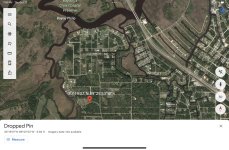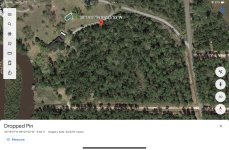If you would like to publish this complete true story about 15,000+ 1861-o $20 gold pieces buried along Harbor Drive West of Waveland on April 15, 1861, let me know and I will send you a copy via e-mail to give your members a treasure worth almost a billion dollars on today’s market. Much better than digging up bottle caps and old pieces of iron.
[email protected]
[email protected]
Amazon Forum Fav 👍
Upvote
5




